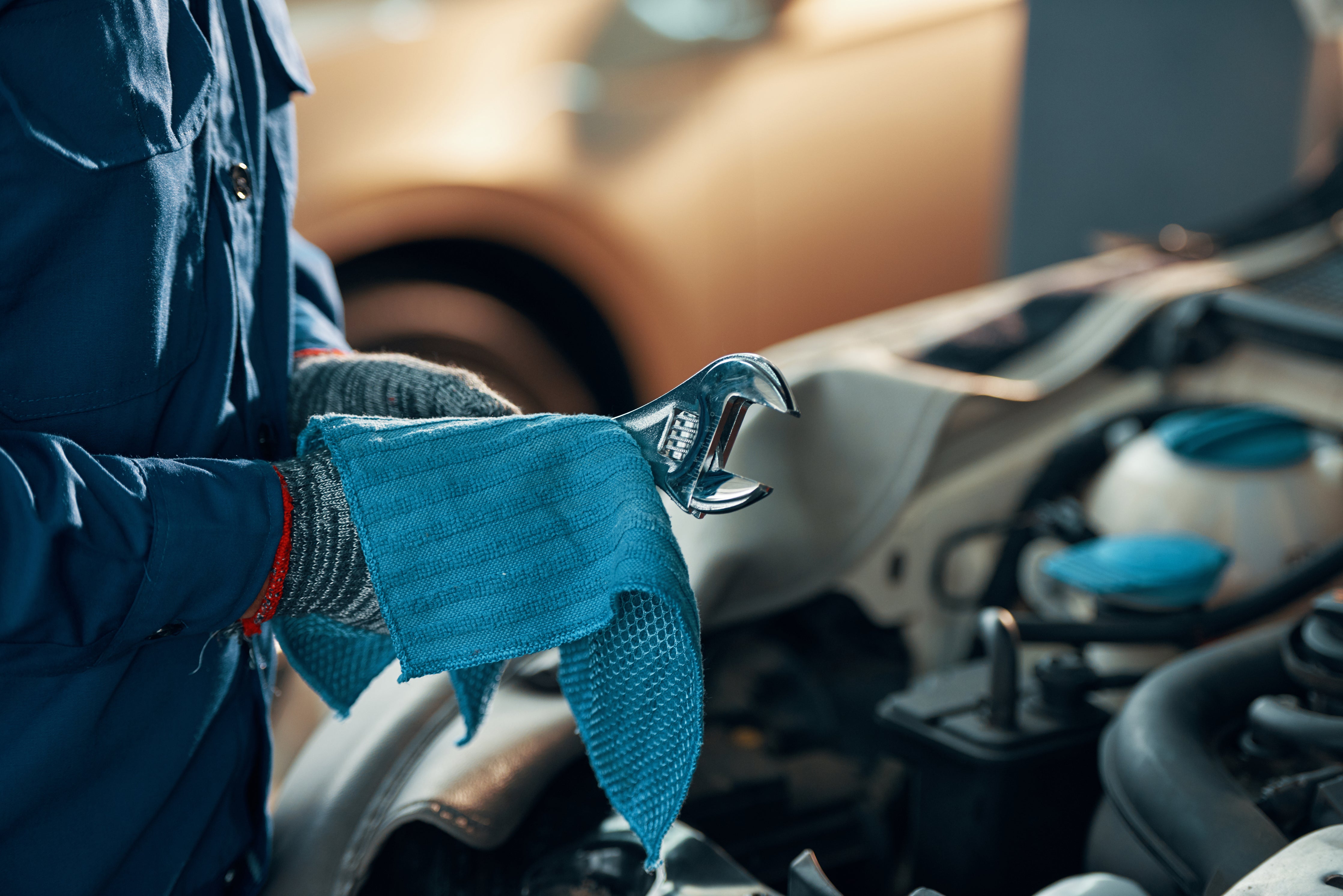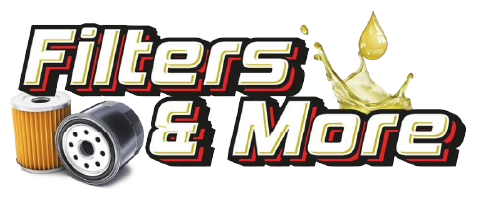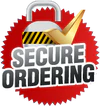
Tips To Properly Maintain Your Tools
You’ve put together an extensive tool kit that prepares you for all possible maintenance tasks, and you even have some extra tools and equipment in case you decide to take on some DIY projects. With high-quality tools that won't break down, you can breathe a sigh of relief. But have you considered proper storage, maintenance, and cleaning to keep your tools in mint condition?
Regardless of how high-quality they may be, all tools will eventually become ineffective and of very little use unless you have the answers to each of these questions, and more! Fortunately, though, our team at Filters and More have put pen to paper (or finger to keyboard!) and shared their expertise with you, making sure you know how to maintain all your tools.
If you want to make the most of your investment in quality tools, keep reading to find out some of the most helpful tips for maintaining your tools and keeping them in great condition.
Tip 1: Clean Your Tools After Use
If you don’t like the sound of dirt, dust, grime and grease building up on your tools, you’ll want to clean your tools after every use. This will make sure each of your tools are able to complete the tasks that you require of them, and it’ll make for a more pleasant experience for you too.
If you don’t regularly clean your equipment, you run the risk of unfavourable materials making their way into the internal mechanisms of your tools, making them more likely to break down prematurely.
Be sure to use a brush or cloth to wipe down your hand tools straight after you’ve finished using them, and use some mild soap and water to polish off your screwdrivers, pliers, or any other equipment you’ve used. This will ensure that any chemicals or moisture lying on the surface of your tools will be removed, preventing any damaging corrosion or rusting from occurring.
When you’ve finished using your power tools, make sure they are unplugged and switched off, and remove any dust from their surfaces. If you’re struggling to clear out its smaller nooks and crannies, a can of compressed air can help you remove any debris that has accumulated. To finish off your cleaning, you may wish to spray on a corrosive protector to decrease the rate of rusting that your tools face.
Tip 2: Store Your Tools Properly
Proper storage of tools and equipment is absolutely crucial in ensuring they remain in good condition whenever you require them. While you might simply be looking to use the most common storage for tools and equipment, it’s important to recognise that different tools will need to be stored in different environments. With that said, it’s important that all of your equipment is stored in a dry and climate-controlled environment.
To achieve this, you may wish to invest in a quality tool box that will protect your equipment from the elements and properly organise your various tools for easy access. Regardless of the toolbox or toolkit you purchase, there are some golden rules to follow in storing and properly maintaining your tools.
It’s hugely important to keep all of your tools off the floor and keep your small hand tools away from any moisture or dirty spaces to prevent corrosive damage. All power tools must not come into contact with any moisture, as this can damage their electrical parts and corrode them over time. If exposure to a small amount of moisture cannot be avoided, you should consider placing silica packs in your toolbox to absorb any moisture and ensure your tools remain in good condition.
It is also helpful to store your power tools in their original casing, as this will not only make it easy for you to find them, but will also be the most protective storage solution to prevent damage.
Tip 3: Regularly Inspect Your Tools
If you only take one point away from this article, it should be that to properly maintain your tools, make sure you inspect your tools before and after every single use. Whether you’re using a chisel, hex key or even a drill, broken tools and equipment can quite literally throw a spanner in the works of any project (pun intended!). To prevent any nasty surprises from stopping you in your tracks, make sure you look out for any irregularities or differences in your tools from when you last used them.
While it’s normal for your trusted 15-year-old hammer or multi-use screwdriver to have accrued some wear and tear, your visual inspections will mainly prevent any damage from occurring in future. When inspecting your sharp blades or cutting tools, check for any nicks or dents in the surface that will impact their performance. Be sure to see whether any nuts or bolts are loose on all tools, and check for signs of corrosion on each of them.
When you inspect your power tools, pay close attention to any unfamiliar noises, and check their wired connections for any damage that increase the risk of electrical fires. These tools also come with user manuals, and often they’ll include a maintenance schedule that you should follow as closely as possible.
These regular inspections will allow you to replace any broken tools or equipment immediately, or give yourself some time to arrange a repair service if required.

Tip 4: Keep Your Tools Lubricated
Did you know that lubrication is one of the most commonly neglected parts of tool maintenance? Don’t fall into this trap! Remember, the phrase “well-oiled machine” wasn’t plucked out of thin air!
If you use your valuable tools without properly lubricating them, they may generate great friction, overheat and wear out significantly quicker than they would otherwise. To properly maintain your tools, you’ll need to read their user manual or speak to an expert to find out which type of lubricant they require, whether it be an oil or grease-based solution, or a dry lubricant that prevents the build-up of dirt.
Similarly, each tool will need to be lubricated at different intervals, so be sure to consult a trusted professional or, failing that, simply follow the tool’s recommended maintenance schedule.
Remember, all tools with moving parts require lubrication, such as the chuck of your drill, the bearings of your power saw or the chain of your chainsaw.
So, What Should I Do Now?
While you may wish to carry out a range of other maintenance procedures each time you use your tools, this guide offers a simple yet comprehensive guide that will keep your tools in good condition and extend their lifetime. Follow these steps carefully before and after each use, and your investment in quality tools will be rewarded by excellent performance when it matters most.





